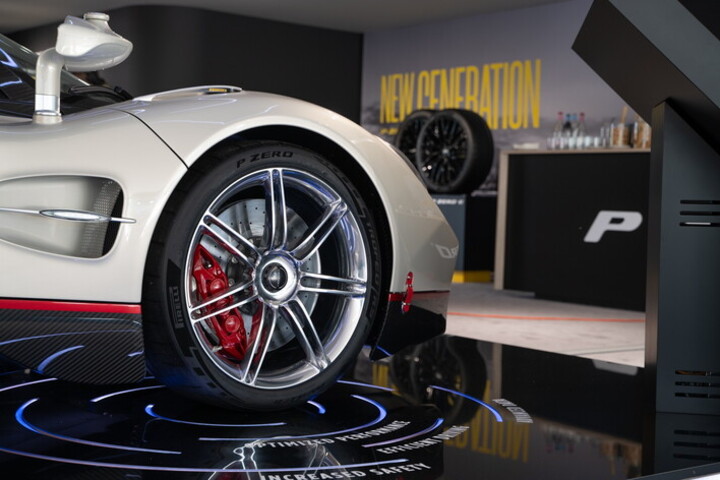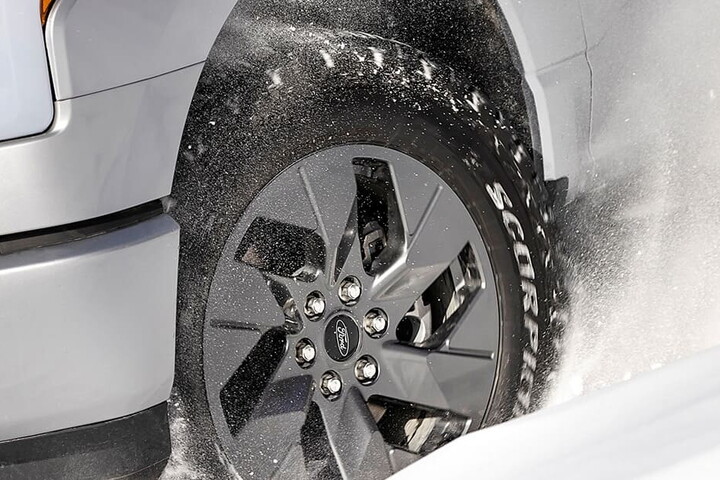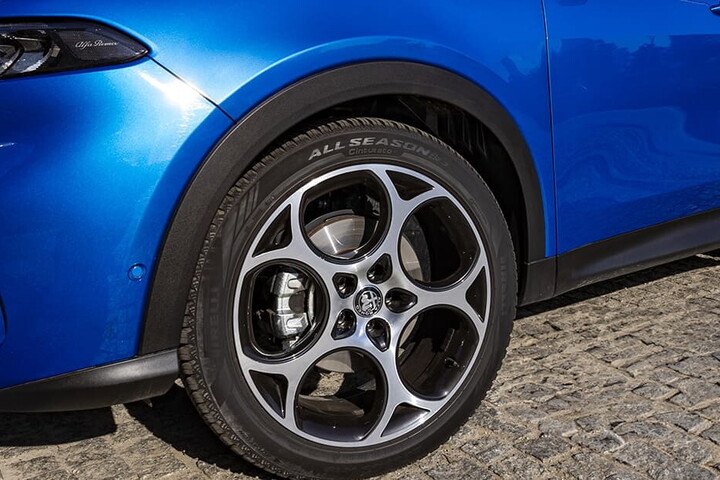Before hitting the road, now that the heatwave has hit the cities and you're itching t go on holiday, it is your duty to check various aspects of your car. This will not only avoid annoying and tiresome delays such as unexpected stops, an exhausting wait for roadside assistance, ensuing repairs and costs that could have been avoided if you had been more careful. Most importantly, aside from all these inconveniences is your safety and that of your fellow travellers. Safety, whether on a short trip or a long journey, on the Italian road network, is tied particularly to the condition of your tyres.

It is a good idea to remember that the car is connected to the tarmac by the tyres, and this surface is on average not much bigger than the palm of your hand, resting on the road surface and guaranteeing a smooth and safe journey. The tyre tread is important, but other fundamental aspects of the tyre should not be ignored, since these are just as sensitive and crucial for the optimum performance of tyres.
Starting with the above-mentioned tread, the pattern made up of outcrops and grooves when worn down to a thickness of just 4 mm is no longer capable of providing suitable grip, in the case of wet or slippery road surfaces. A weekly and progressive check can ascertain in advance whether this limit has been reached, but if the tread thickness has not been checked previously, you can assess it quickly and effortlessly by using a 1-Euro coin to check whether the tread is worn. If the edge is still visible when you place the coin in the groove, we recommend you contact a specialist to have the tyre replaced.
When for instance only two vehicle tyres need to be replaced, it is a good idea to remember that by fitting the same type of tyres, considering the ones already on the vehicle, will guarantee maximum safety levels, relating to road holding, and also in terms of running efficiency, which also affects costs. What's more, we advise against fitting the same car with radial and non-radial tyres at the same time. This can only be done in extreme circumstances and for a limited time, and in any case it is important for the radial tyres not to be fitted on the same axle as the non-radial tyres. The radial tyres need to go on the rear axle and the non-radial ones on the front. In any event, when only two tyres are replaced, the new tyres are usually fitted on the rear axle, without considering the type of drive of the car, to avoid a treacherous and accentuated over-steering effect or a dangerous pendulum effect.
Another sensitive area of the tyre which is especially stressed when parking too close to the curb of the pavement is the shoulder. It is also prone to potential punctures, caused for instance by sharp objects on the tarmac. It is a good idea to check this area too, before setting off. If there are bulges you deem suspicious or if it features visible cuts, it would be preferable to contact an expect to identify the problem and avoid dangerous consequences during your journey. The same checks should be carried out if you have a spare wheel. Make sure it is in good condition and, if you are unsure, contact a specialist who will certify the quality of the tyre. Usually, although it is not used frequently and despite being in good condition, a tyre is no longer efficient on the road after ten years.
Wear, cuts and visible anomalies on the tyre are therefore aspects which should not be underestimated, but tyre pressure is just as crucial to the efficiency and proper behaviour of tyres. For instance, excessive wear may in fact derive from incorrect pressure, or it may also be tied to a hidden mechanical problem. To ascertain any problem, it is preferable for you to contact a tyre specialist every six months, to ensure the tyres are balanced and aligned properly, while also certifying their convergence and uniform height. In short, all the checks necessary to guarantee uniform and constant behaviour of the compounds. Concurrently you should be sure of the constant grip and running efficiency, which will hold off potential safety risks.
Abnormal wear on one of the edges of the tyre, for instance, may be down to the wheel being unbalanced or aligned incorrectly. Should you notice excessive wear on both edges of the tread, this is probably down to the tyre pressure being too low compared to the value stated on the handbook and required for all types of vehicle. On the contrary, if the wear is too centred, this is the result of tyre pressure that is too high compared to the recommended value.
In addition to checks on the tyres, before travelling it is nevertheless advisable to contact an expert for a complete vehicle check-up. An accurate inspection of the braking systems, the engine and the electronics in an authorised workshop will protect you from any hidden dangers. However, if you are forced to make a stop due to a problem, for a flat tyre for instance, and you are unable to reach a service centre immediately, it is important first and foremost to pull over safely in a dedicated parking area. After checking everyone is calm and there are no other problems, with the vehicle parked and after putting on the reflective vest that notifies other drivers of your presence outside the car, if you are outside a built-up area, you need to place the emergency triangle about a hundred metres behind where your vehicle has stopped and wait for roadside assistance. But you could avoid all this by running a thorough check prior to departure, as we recommend.




